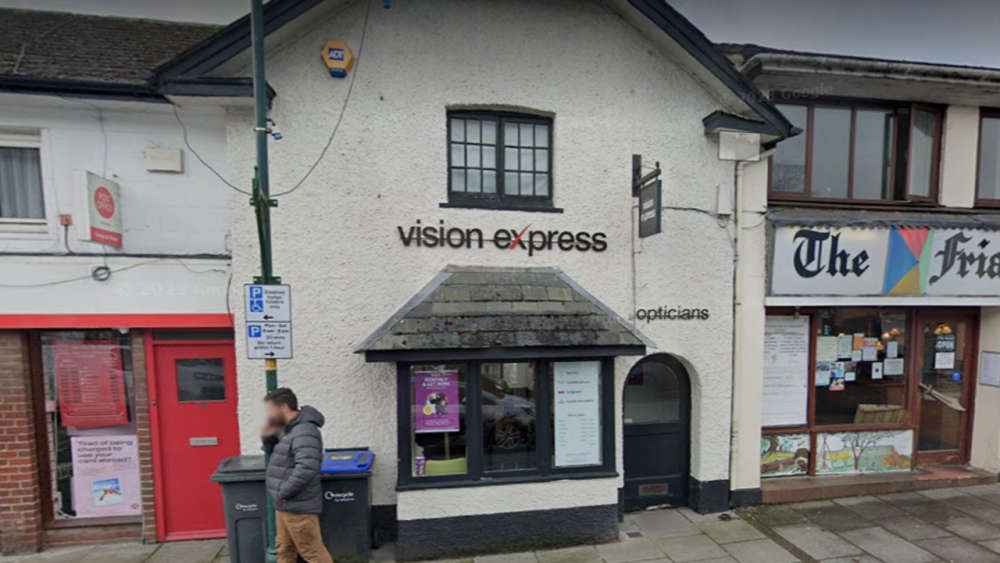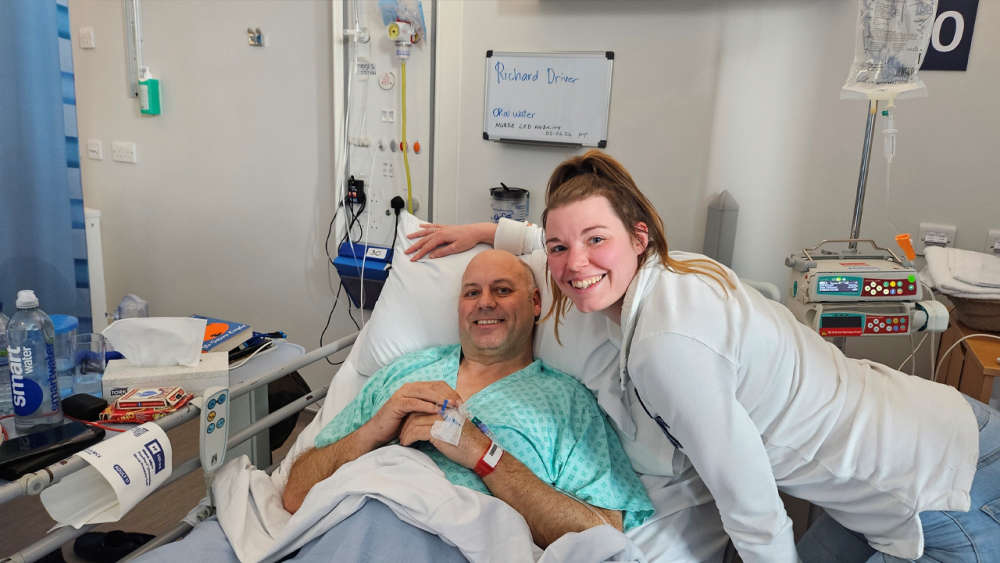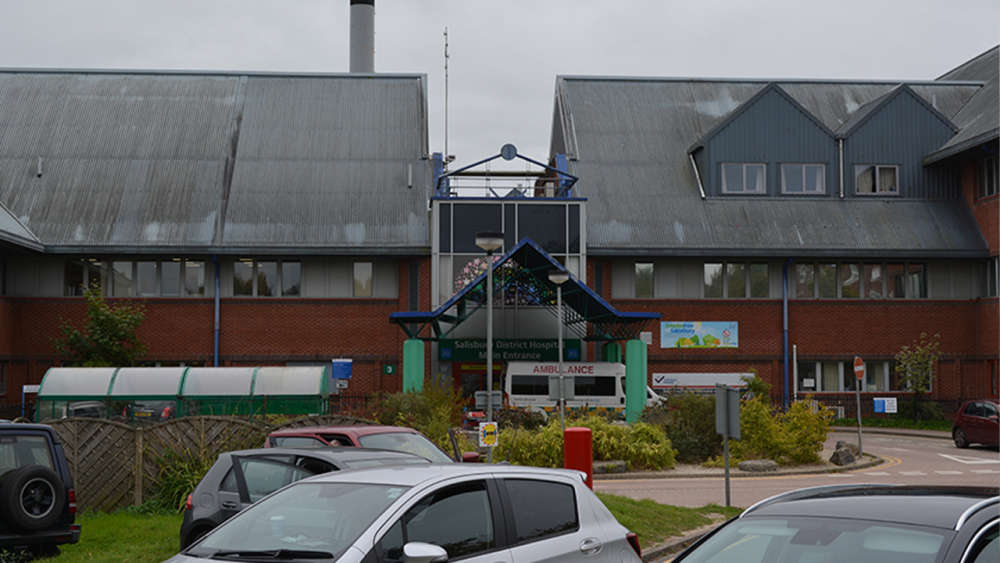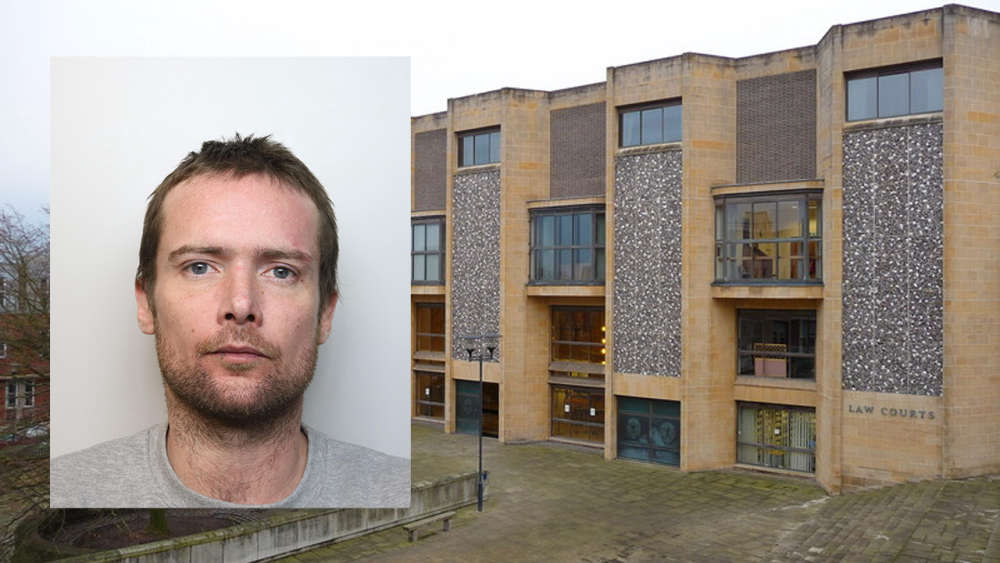Wiltshire Council is marking the five-year anniversary of its carbon neutral by 2030 pledge with an update on the significant progress made so far.
In 2019, Wiltshire Council pledged to become carbon neutral as an organisation by 2030, and to seek to make the Wiltshire local authority area carbon neutral as well. The council is on track to meet this goal in relation to its direct emissions and there is a wide range of work being undertaken to tackle its indirect emissions, and to support the rest of the county to become carbon neutral.
Progress made already includes:
Council greenhouse gas direct emissions have been reduced by 85% since 2014 (from 23,758 tonnes CO2e in 2014; 14,864t in 2019 when the carbon neutral goal was set; 3568t by March 2023 which was below the 3750t target for 2022/23). Implementing all feasible projects will result in council emissions decreasing to approximately 500t per year. To be carbon neutral in its direct emissions by 2030, the council will offset these remaining, unavoidable emissions. The carbon reduction to date is primarily due to the council’s Property Carbon Reduction programme, decreasing energy use from streetlights, and switching to a green electricity tariff. The council has committed £10,400,000 to its Property Carbon Reduction Programme and has secured additional funding of £5,205,000 from the government’s Public Sector Decarbonisation Scheme. The measures include decarbonising heat in buildings and installing heat pumps and solar panels. Across Wiltshire all conventional streetlights now use LED instead of traditional bulbs, achieving a huge reduction in energy consumption (equivalent to circa 2000tonnes CO2e). Historic streetlights and street furniture such as bollards are now being switched. Increased focus on sustainable transport to tackle greenhouse gas emissions generated by vehicles across the county. This includes the Active Travel Fund which provides £4.1m for cycle routes and footpaths. The council is also developing Cycling and Walking Infrastructure plans for all Wiltshire towns and city, which sets out priorities and enables future funding to be allocated. These plans, together with the Bus Service Improvement Plan, Electric Vehicle Charging Infrastructure Plan and the Local Transport Plan, set the framework for how people can move around the county, and how this will contribute to the county being carbon neutral. Rollout of the Home Upgrade Grant (HUG) scheme which is a government funded project being delivered by the council for low-income households that are not on mains gas. Homeowners have started to register interest in the scheme. Work will commence soon on participating homes which will result in off-gas homes that are currently reliant on heating from high-carbon emission sources such as oil, being retrofitted to improve energy efficiency through insulation and cleaner energy supply via heat pumps, as well as other carbon reducing improvements. Solar Together is a partnership with private industry which supports the delivery of residential solar panels to homes across Wiltshire and Swindon. To date, the two Solar Together schemes the council has supported have resulted in 1131 installations (complete or scheduled) and an estimated reduction of 22,620 tonnes of CO2 over 25 years. The council’s Grant Application and Planting Support (GAPS) team facilitate tree planting and signposting to grants, resulting in 73.45 hectares of woodland, 718 individual trees and 3.6km of hedgerow being planted in the 2023 season. Natural environment projects are being developed and implemented to tackle multiple environmental objectives, such as nature recovery and improving river water quality. These also have wider benefits such as carbon sequestration, tackling flooding impacts and creating resilience for wildlife.Cllr Nick Holder, Cabinet Member for Climate Change, said: “With the council’s impressive track record to date of decreasing emissions, there is real cause to celebrate the achievements we’ve made over the past five years.
"However, we’re not complacent and we know there is more to be done to achieve our pledge to become carbon neutral as an organisation by 2030, and to seek to make the rest of the county carbon neutral as well. We know this isn’t something we can do alone, and we’ll need to work collaboratively with residents and businesses across Wiltshire.
“Our achievements to date include but are not limited to, reducing the council’s greenhouse gas emissions by 85% since 2014, switching to LED street lighting resulting in a huge reduction in energy consumption equivalent to 2000tonnes of CO2e, rolling out our new fleet of fully electric council vehicles, and over £10m invested in our Property Carbon Reduction Programme together with £5m secured in government grants to decarbonise the heat and power of our buildings by installing solar panels, heat pumps and LED lighting.
“We’re also increasing our delivery to support the rest of the county to become carbon neutral and we’ve made good progress already with schemes such as Solar Together to support household clean electricity generation and the Home Upgrade Grant (HUG) project which enables residents to access grants to improve energy efficiency in homes that are not connected to the gas grid.
“While we are absolutely focused on decarbonisation of both the council and the county, we must also acknowledge and plan for the current and future impacts of climate change.
"We’re doing this by updating our Climate Adaptation Plan to make sure we can keep on delivering our council services despite the changes to the climate and working in partnership with residents and organisations across the county to support emergency planning and response to help vulnerable people, nature and infrastructure be prepared and more resilient.”

 Multiple Pairs of Sunglasses stolen from Amesbury shop
Multiple Pairs of Sunglasses stolen from Amesbury shop
 Salisbury woman to run marathon in honour of dad who survived tumour the size of a rugby ball
Salisbury woman to run marathon in honour of dad who survived tumour the size of a rugby ball
 Salisbury District Hospital tops national survey
Salisbury District Hospital tops national survey
 Man jailed for 28 months following stabbing in Amesbury
Man jailed for 28 months following stabbing in Amesbury
 City Council announces plans for Armed Forces Day
City Council announces plans for Armed Forces Day
 Highest Score Arcade Announces Exciting Easter Events For All Ages
Highest Score Arcade Announces Exciting Easter Events For All Ages
 Man charged with attempted murder following serious crash in Salisbury
Man charged with attempted murder following serious crash in Salisbury
 Police looking for pair after attempted burglary on Catherine Street
Police looking for pair after attempted burglary on Catherine Street










